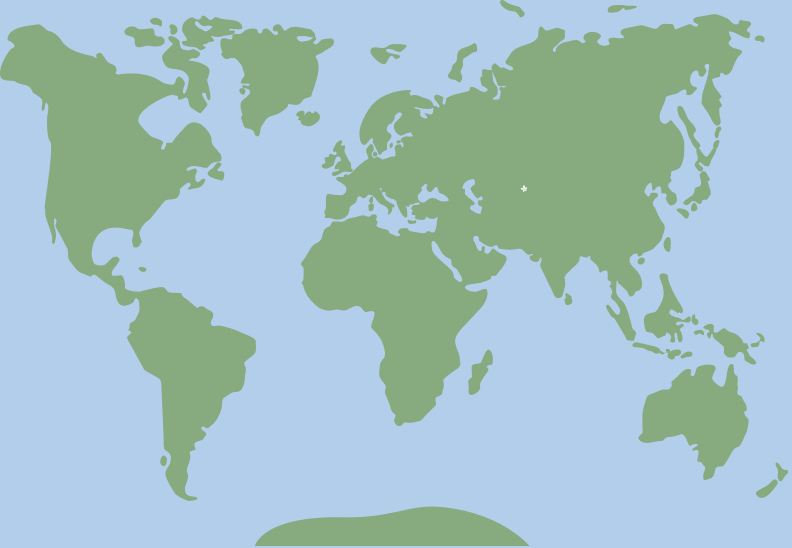Muscat, Oman
Al Alam Palace
This royal palace in Oman is owned by the Sultan, who has retained the property through eight generations.
Tokyo, Japan | C.1945
In 1945, following Japan’s occupation, disgruntled war correspondents banded together to promote the principle of freedom of the press. They formed the Tokyo Correspondents’ Club. Their first mission: to make sure foreign correspondents had somewhere to sleep, research a story, share a meal or drink, and hold press conferences.
When sovereignty returned, the club’s name was changed to the Foreign Correspondents’ Club of Japan (FCCJ), but key features remained: a bar and dining room, a library, and workrooms available around the clock. The club also served social purposes, offering events from celebrity appearances (Muhammad Ali famously choked out a club member on stage, to grand applause) to scholarship awards for budding journalists.
Parties once consistently featured skits by members roasting other correspondents. When that tradition fell by the wayside, fresh opportunities appeared. These include sake nights; semi-annual golf tournaments; “origami diplomacy” (a crane-making summit); sumo wrestling among members; and an annual competition for the most creative press pass (winners have included a sushi-roll-shaped pass and one that glows in the dark). After landing a juicy story, members retreat to the private ping-pong chamber to celebrate with impassioned matches. Finally, it’s not unheard of for visiting speakers to break into karaoke mid-conference.
The FCCJ remains one of the world’s oldest and largest active press clubs. Its original goal—to promote the free exchange of information and foster a better understanding of Japan—has succeeded, and it remains a serious institution for journalism. But it also has an exceptionally creative events planner, who has done wonders to keep these mics on the ready for an impromptu rendition of “Margaritaville,” should the speaker feel so inspired.
Looking to read more about this area of the world? This location exists in a guide:
Read the Guide 35.6779902, 139.7619104
35.6779902, 139.7619104
Max file size is 40MB. JPEGs are preferred.
You do not have permission to view this form.Need an account? Sign up
This site is protected by reCAPTCHA and the Google Privacy Policy and Terms of Service apply.
Know more? Share with the community!
Submit Your ImageLogin/Sign Up.